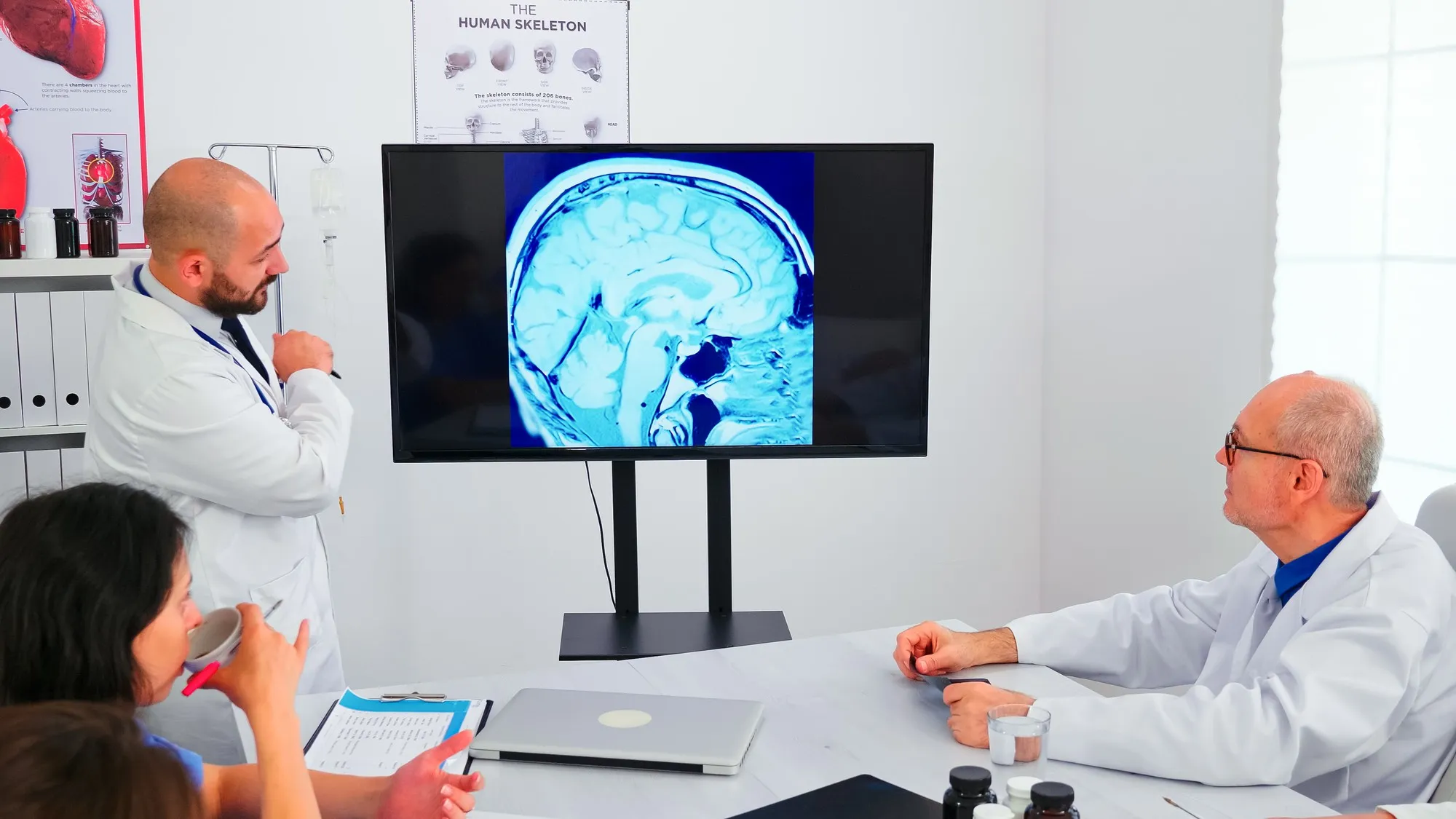Introduction
Meningiomas, which are among the frequent contenders in the lineup of intracranial tumors, are a significant concern in neurosurgical arenas. With stratification into numerous subtypes, each harboring potential differential prognostic and therapeutic avenues, the precision in preoperative and intraoperative diagnosis is not merely desirable but rather a categorical imperative. Clinical advancements have perennially aimed at refining diagnostic modalities to enhance the specificity and sensitivity of meningioma subtyping. In this light, a transformative study (DOI: 10.1016/j.labinv.2024.100324) conducted by a consortium of experts led by Dr. Jianxin Chen from the Fujian Provincial Key Laboratory of Photonics Technology leverages the sophistication of multiphoton microscopy (MPM) to delineate meningioma architecture with remarkable accuracy. This groundbreaking research is not only a beacon for diagnostic refinement but also a testament to the synergistic power of interdisciplinary collaboration.
State of the Matter
For decades, conventional histopathological methods have been the gold standard for meningioma diagnosis. These protocols hinge on the microscopic assessment of tissue sections stained with various dyes, which illuminate features like cell morphology and extracellular matrix configuration. However, such methods essentially provide a static glimpse and, given their dependence on tissue processing, can sometimes yield artifacts or prove insufficient for real-time diagnostic decisions.
Spotlight on the Study
Building upon the need for a more dynamic and penetrative diagnostic approach, the study delves into the potential of MPM – a cutting-edge optical imaging technique that elicits volumetric data from biological tissues without the obligatory dyeing process. The study was published in the January 2024 issue of “Laboratory Investigation; a journal of technical methods and pathology” and bears the identifier S0023-6837(24)00002-3. MPM operates on the principles of two-photon excited fluorescence (TPEF) and second-harmonic generation (SHG), enabling it to vividly render the intricate arrangement of meningioma subtypes at the molecular and architectural scales.
The study portrays the morphological distinctions of five primary meningioma architectural subtypes via MPM’s multi-channel mode. Furthermore, it innovates by introducing two automated programs that quantify the collagen content and blood vessel density within the tumor matrix. The lambda mode within MPM ferries additional dimensions into this diagnostic juggernaut, characterizing both architectural and spectral features from which three quantitative indicators are extracted.
Revolutionizing through Machine Learning
Riding on the wave of artificial intelligence, the study doesn’t stop at mere imaging but transcends the barriers by incorporating machine learning algorithms. These meticulously trained computational models have demonstrated a high level of competence in differentiating between the various meningioma subtypes autonomously. The classification accuracy achieved through this amalgamation of imaging prowess and artificial intelligence opens new avenues for a precise and personalized neurosurgical approach.
A Collaborative Endeavor
The study found its foundations in the collaborative efforts of leading professionals from various departments within Fujian Medical University, including Fang Na, Wu Zanyi, and Su Xiaoli from the School of Medical Technology and Engineering, and Chen Rong, Shi Linjing, Feng Yanzhen, Huang Yuqing, and Zhang Xinlei, from the Department of Neurosurgery. Contributions from the Department of Pathology and the Key Laboratory of OptoElectronic Science and Technology for Medicine further solidified the evidence base and clinical applicability of the findings.
Implications in Clinical Settings:
This innovation departs from a purely observational standpoint to one that fuses diagnostics with prognostics. For clinicians, this means an ability to not only identify meningioma subtypes but also anticipate the tumor behavior, potentially altering the surgical landscape to better tailor resection strategies. It furnishes intraoperative vigilance with a tool that is noninvasive, preserving the sanctity of the brain parenchyma while allowing for informed surgical decisions.
Closing Thoughts
The study’s ingenuity in employing MPM, supported by image analysis and machine learning, etches a significant milestone in the annals of neuro-oncological diagnostics. This technological advancement promises a future where automated, real-time, and precise tumor subtyping is not a mere prospect but a tangible clinical reality.
Moving forward, the collective efforts by research stalwarts such as Li Lianhuang, Zheng Liqin, Hu Liwen, Kang Dezhi, Wang Xingfu, and Chen Jianxin not only embellish the scientific dialogue with empirical evidence but also pilot a paradigm shift in the management of meningiomas. The copyright heralding this discovery belongs to Elsevier Inc., with the “Laboratory Investigation” journal serving as the beacon of its dissemination.
References
1. Fang Na et al. (2024). Computer-aided multiphoton microscopy diagnosis of five different primary architecture subtypes of meningiomas. Laboratory Investigation; a journal of technical methods and pathology, [Online] 100324. DOI: 10.1016/j.labinv.2024.100324.
2. De Bonis, P., et al. (2012). The influence of surgery on recurrence patterns of meningiomas. Neurosurgical Review, 35(3), 421–429. DOI: 10.1007/s10143-012-0389-2.
3. Louis, David N., et al. (2016). The 2016 World Health Organization Classification of Tumors of the Central Nervous System. Acta Neuropathologica, 131(6), 803-820. DOI: 10.1007/s00401-016-1545-1.
4. Paulus, W., et al. (2015). Meningioma. In WHO Classification of Tumours of the Central Nervous System (Revised 4th edition) (pp. 232-245). Lyon, France: IARC.
5. Perry, A., et al. (2001). Clinically aggressive meningioma displaying a high proliferation index: a study of histopathological parameters predictive of recurrence. Brain Pathology, 11(3), 343-352. DOI: 10.1111/j.1750-3639.2001.tb00401.x.
Keywords
1. Multiphoton Microscopy Meningioma
2. Meningioma Subtype Diagnosis
3. Noninvasive Brain Tumor Diagnosis
4. Machine Learning Neurosurgery
5. Collagen Quantification Meningiomas
